
When you look at your training plan and see the words "cross-training," what does it mean to you? Do you hop on a bike or swim to switch things up? How often are you working strength moves into your workout.
Perhaps you occasionally add in some strength training because people (like me! Your friendly resident trainer!) tell you that you need it. Adding in deadlifts, squats, lunges, and the like can certainly benefit all runners--being stronger, especially in chronically weak areas like the glutes and the hips, can decrease your risk of injury, improve your race performance, and address any underlying imbalances in your form.
Read More: 7 Glute Moves for Runners
However, running, cycling, swimming, and the majority of strength training that runners do all take place in the sagittal plane of movement (forwards and backwards). In order to truly become a well-rounded athlete, it's crucial to add in lateral movements (frontal plane) to your training regimen.
You might be thinking that only football or soccer players need to train laterally to optimize their agility, but for runners, lateral movements play a different role. They work to target the smaller stabilizing muscles in the hips that are typically neglected-- oftentimes making their weakness and inhibitions known through a tell-tale hip drop gait. While glute strength overall is important for runners, it's especially key to strengthen the gluteus medius--a small muscle in the outer hip area, and one that, when weak, can contribute to ITB syndrome.
Read More: 9 Causes of Hip Pain Before and After Running
If you find yourself swaying your hips as you run, and feel as though it becomes even more exacerbated during races and long workouts, it's time to move side to side and get those hips stronger. Oh, you don't suffer from hip drop or have a history of ITB syndrome? That doesn't mean you're exempt from training laterally! Getting injured is never fun, so you owe it to yourself to train smart and protect your future self.
And if that isn't enough to convince you, shoring up these muscular weaknesses will serve to improve your overall running performance. Stronger muscles mean you'll fatigue less easily, and be able to maintain proper form during longer runs.
Here are some options that target the gluteus medius and hip stabilizers-- pick three to add onto the ends of your runs, or incorporate in your strength training routine. Three sets of the prescribed reps below is a good place to start, and you can add on another set or two as you get stronger.
Clam shells (20 reps per side)
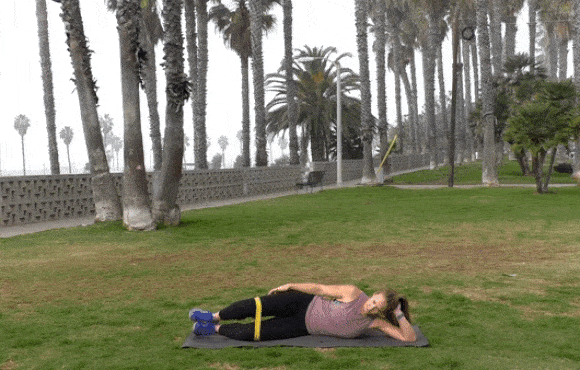
*If you have a resistance band, use it for this exercise*
Lie on your side, with legs stacked and knees bent at a 45-degree angle, resting your head on your lower arm. Use your top arm to steady your frame. Stack your hipbones on top of one another, and keep your feet touching throughout the movement. Raise your upper knee as high as you can, hold for one second, and lower back down, staying slow and controlled throughout the movement.
Side leg raises (20 reps per side)
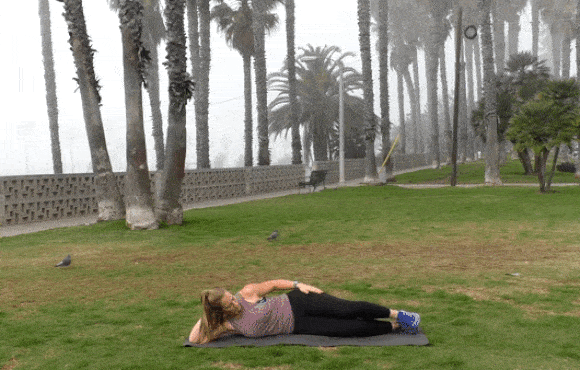
Extend your bottom arm straight above your head and shoulder. Extend legs and stack them on top of one another, and slowly raise your top leg as high as you can. As you get stronger, you can add a dumbbell resting on the top hip for additional resistance, or use a resistance band.
Banded lateral walks (20 reps per side)
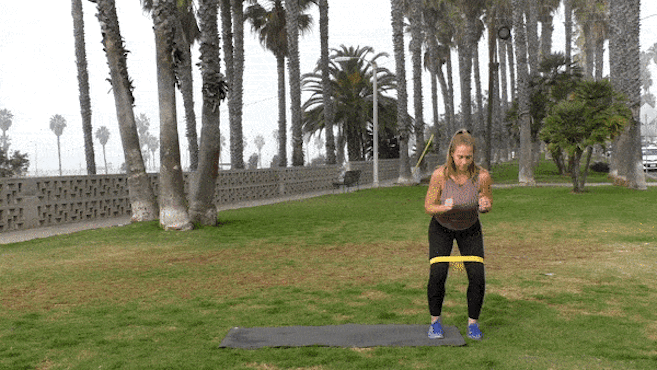
Place a resistance band just above your knees then bend them slightly assuming an athletic stance. Maintaining this position, take a sideways step, making sure to keep your toes pointing forward. Think about pushing against the band throughout the movement, ensuring your knees don't cave in.
Lateral lunge (10 reps per side)

From a standing position, take a lateral step to the right, keeping your toes pointed forward and sending your butt back. Keep your chest up, extend the left knee, and drive your weight into the right leg. Pause at the bottom, then drive through the right leg to come back to the starting position, and repeat on the other side.
 Connect with us on Twitter, Facebook, Instagram or Pinterest for more tips, recipes and ideas to fuel your ACTIVE life.
Connect with us on Twitter, Facebook, Instagram or Pinterest for more tips, recipes and ideas to fuel your ACTIVE life.
Get ACTIVE on the Go


Couch to 5K®
The best way to get new runners off the couch and across the finish line of their first 5K.
Available for iOS | Android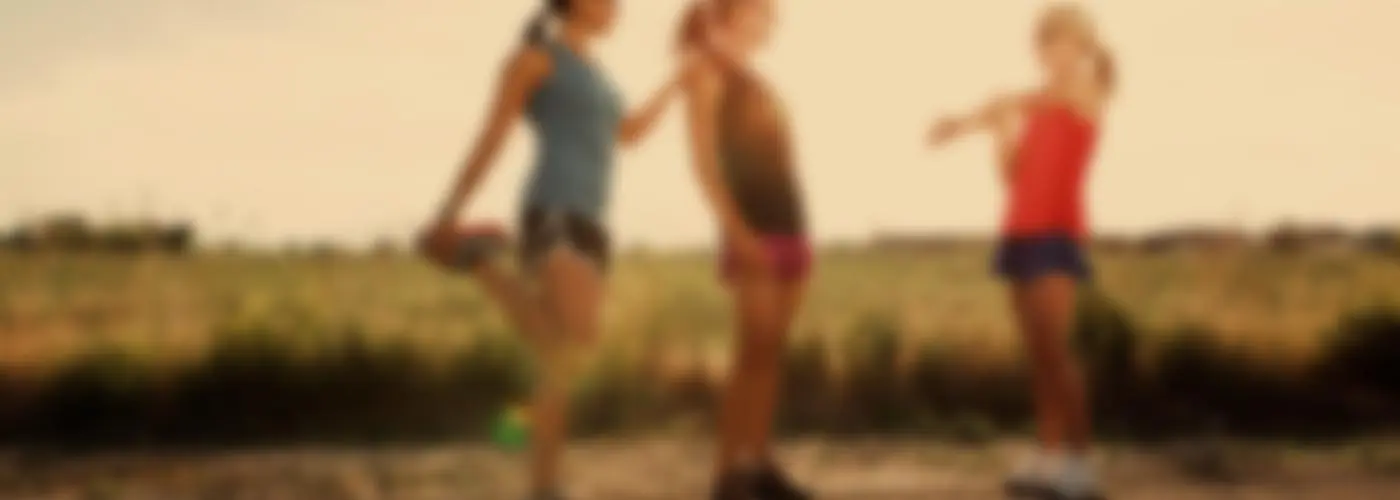

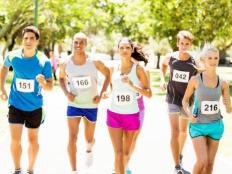
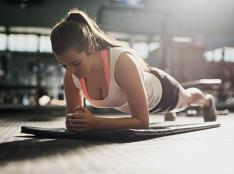

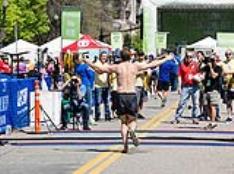
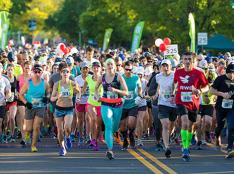
Discuss This Article